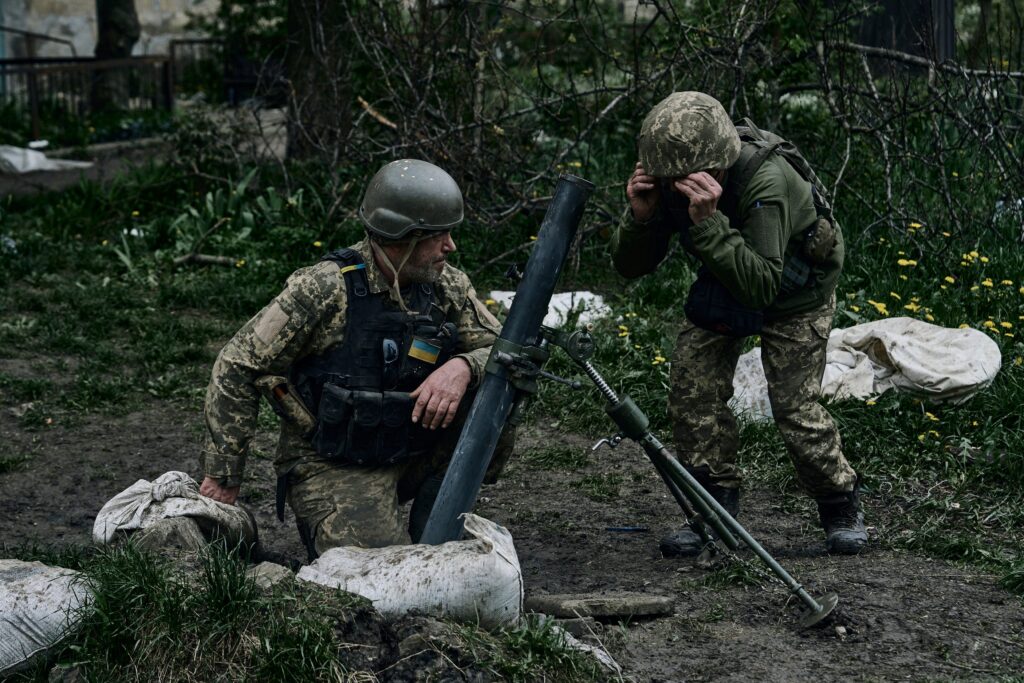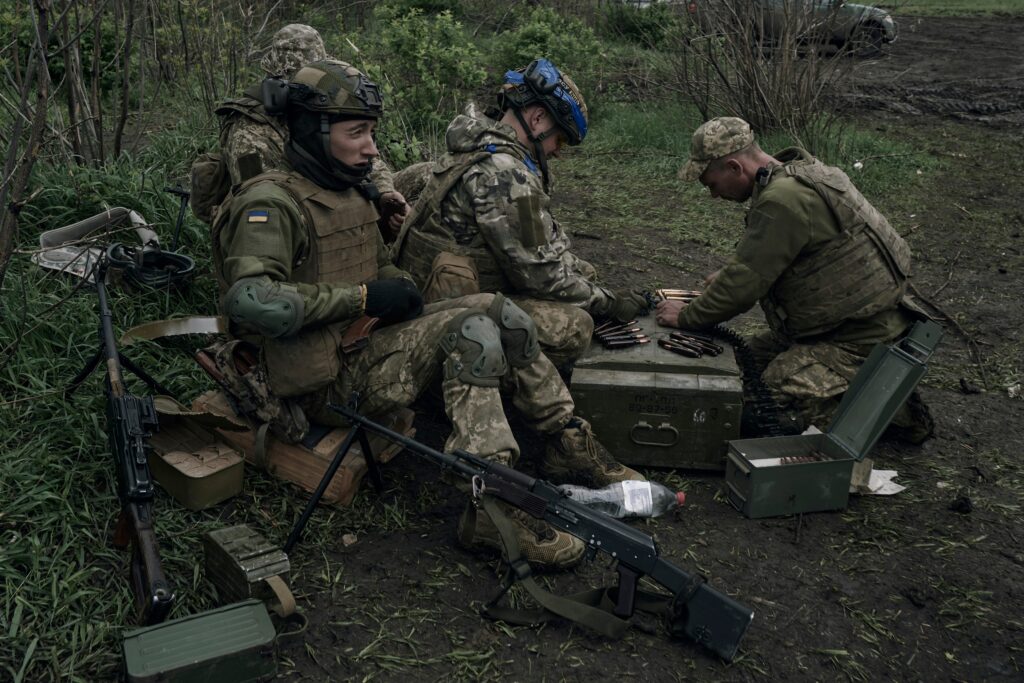- Russia and Ukraine appear to be gearing up for a Ukrainian offensive, the US intelligence chief said.
- Avril Haines told lawmakers Russia appears to be switching from offensive to defensive positions.
- She suggested Thursday that Moscow won't be able to carry out future operations without more troops and weapons.
The chances Russia will be able to carry out significant offensive operations in Ukraine this year are low unless Moscow can secure more troops and weaponry for its military, the US intelligence chief said on Thursday as Kyiv gears up for a highly anticipated offensive of its own.
Russian forces launched an offensive earlier this year, but it faltered. The front lines have remained largely static while the conflict overall continues to be a brutal and grinding war of attrition. The fighting is heavily focused around the eastern Ukrainian cities of Bakhmut and Avdiivka, Director of National Intelligence Avril Haines said.
During testimony before the Senate Armed Services Committee, Haines told lawmakers that neither military has a notable advantage over the other, with daily fighting taking place over just hundreds of meters. April saw the least territorial gain for Russia compared to the previous three months, and its forces seem to be transitioning from offensive to defensive procedures.
"Russian forces are facing significant shortfalls in munitions and are under significant personnel constraints but continue to lay minefields and prepare new defensive positions in occupied Ukrainian territory," Haines said.
Both Moscow and Kyiv are preparing for what appears to be a much-anticipated Ukrainian counteroffensive aimed at liberating illegally occupied territory in eastern Ukraine within the next few weeks, Haines said. She added that Ukraine's military is finalizing the specifics of the assault and hailed military assistance from the country's Western backers as a "crucial" part of the preparation.

Part of this preparation includes a massive influx of heavy armor, like advanced tanks, armored infantry fighting vehicles, munitions, and air defense systems from the US and its European partners.
NATO Secretary General Jens Stoltenberg told reporters last week that over 98 percent of combat vehicles promised by Ukraine's Western backers have already been delivered, including over 1,550 armored vehicles, 230 tanks, and "vast amounts" of ammunition.
And regardless of whether Ukraine's expected counteroffensive succeeds, Russia likely will not be able to turn around and launch its own immediate offensive in response unless there are some major changes for the Russian armed forces. Even a limited offensive could be difficult given the current situation for the Russian military.

"Even if Ukraine's counteroffensive is not fully successful, the Russians are unlikely to be able to mount a significant offensive operation this year," Haines said. "In fact, if Russia does not initiate a mandatory mobilization and secure substantial third-party ammunition supplies beyond existing deliveries from Iran and others, it will be increasingly challenging them for sustain even modest offensive operations."
Support from Western countries, which have provided Ukraine with billions of dollars in lethal aid for over a year, remains a key factor in hindering Russian operations though.
The US alone has provided Ukraine with over $35.7 billion in security assistance since Russia launched its full-scale invasion in February 2022, according to the Pentagon, which announced the latest weapons package valued at up to $300 million on Wednesday.

Military experts have warned that Western countries may not be able to maintain their current level of support after the next round of fighting, which will see Ukraine inevitably lose personnel, equipment, and ammunition. And that could be a problem for Ukraine, as security assistance is critical to helping Kyiv keep Russian President Vladimir Putin's troops at bay.
Haines praised Congress and the US for doing a lot to strengthen Ukraine's chances for success, but she cautioned that if Western military aid came to a halt, Ukraine would likely be unable to counter Russia's relative manpower and resource advantages because Kyiv is so heavily dependent on external military aid.
Meanwhile, fighting appears to show no sign in slowing down, even as casualties mount on both sides — though figures for killed and wounded are higher for Russian forces than for the Ukrainians. The White House revealed earlier this week that US intelligence estimates that Kremlin-linked forces have suffered more than 100,000 casualties since December, including over 20,000 killed in combat. Though the figures are for all of Ukraine, the fighting in Bakhmut specifically is believed to have claimed thousands of lives.










